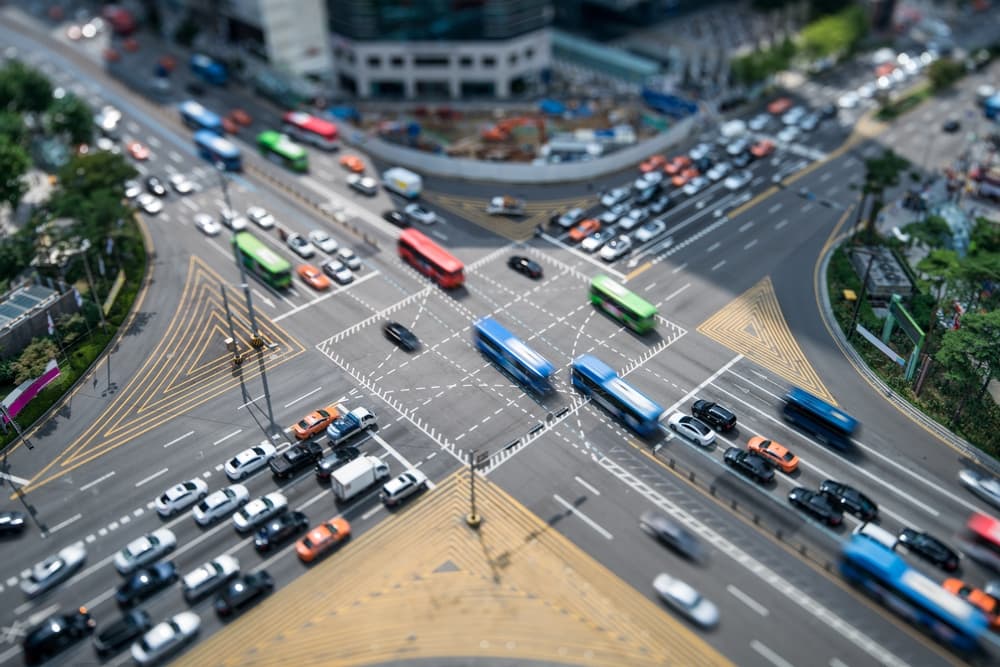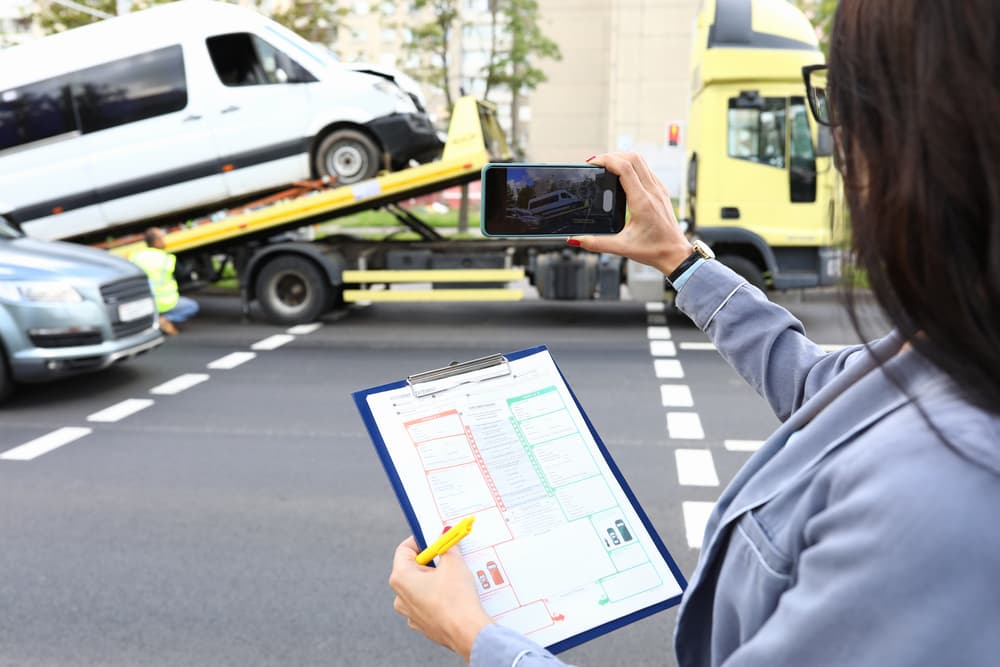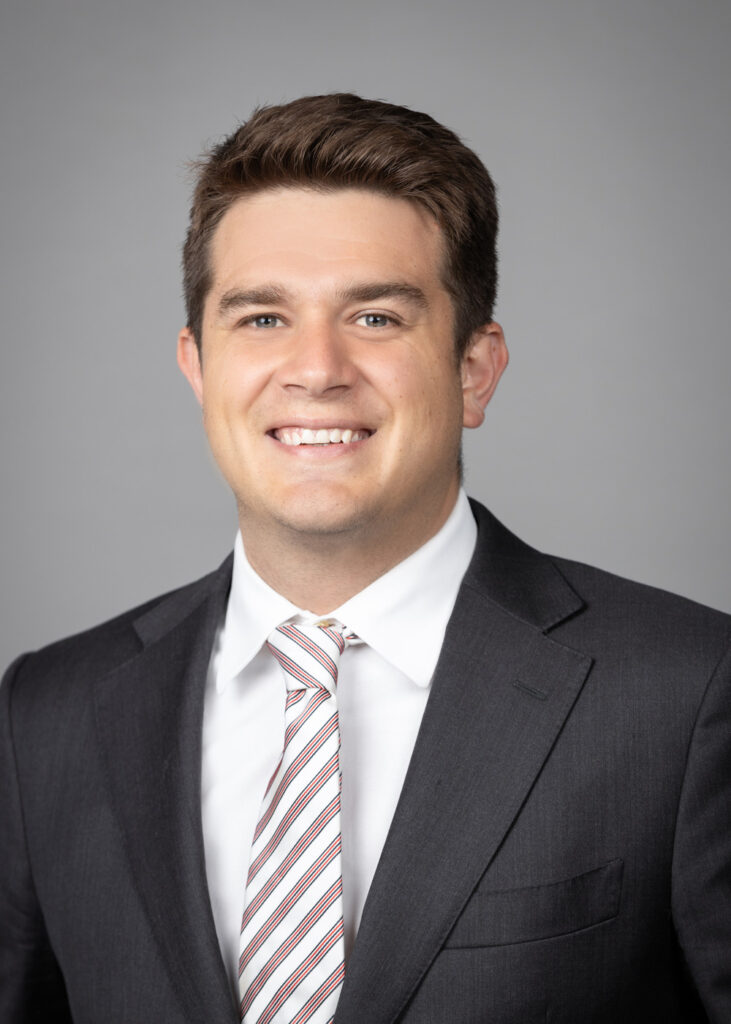Rush hour traffic often means a sea of brake lights and slow-moving vehicles. When cars are packed tightly together, a single mistake can quickly involve many vehicles.
If you are injured in a multi-vehicle accident during rush hour, you likely face confusion on top of your injuries. The scene itself can be chaotic. Figuring out who is responsible for the damages and injuries becomes a complex puzzle.
What Makes Rush Hour Multi-Vehicle Accidents So Complicated?
Rush hour presents a unique set of challenges on the road. More cars mean less space between them. Drivers might feel stressed about getting to work or home, leading to impatience.
This environment is ripe for accidents, especially ones involving several cars. A chain reaction can happen in an instant, making it very difficult to piece together the sequence of events.
The sheer number of vehicles involved adds layers of difficulty. Each driver might have a different story about what happened. The police at the scene work to gather information, but with so much activity, details can be missed. Weather conditions, common during morning or evening commutes, can also make things worse.
Rain can make roads slick, and sun glare can blind drivers. These elements combine to create a perfect storm for complex accidents where fault is not immediately clear.
Reduced Visibility Challenges
Commute times often coincide with periods of lower visibility.
- Morning Sun Glare: In the morning, eastbound drivers can face intense sun glare, making it hard to see vehicles ahead.
- Evening Darkness: As daylight fades, especially in winter, drivers adjust to night driving, and unlit vehicles or hazards are harder to spot.
- Inclement Weather: Rain, fog, or even heavy overcast skies can significantly reduce how far drivers can see, shortening reaction times.
Driver Behavior Factors
The pressures of commuting can influence how people drive.
- Increased Impatience: Drivers running late may take more risks, such as tailgating, frequent lane changes, or speeding in dense traffic.
- Distractions: Commuters might be tempted to use cell phones, adjust radios, or eat, taking their attention away from driving.
- Fatigue: Driving early in the morning or after a long workday can mean tired drivers who are less alert.
Traffic Flow Dynamics
The nature of rush hour traffic itself contributes to pile-ups.
- Stop-and-Go Waves: Sudden braking is common. If one driver brakes sharply, it can create a ripple effect backward through the line of traffic.
- Merging Difficulties: Lanes merging or ending force vehicles into tighter spaces, increasing the chance of contact if drivers are not careful.
- Unexpected Obstructions: A stalled car or debris on the road can cause sudden evasive maneuvers that lead to collisions in packed conditions.
Unraveling the Chain: How Liability is Determined
Determining who is at fault in a multi-vehicle accident involves a careful investigation. Liability means legal responsibility for causing the accident and the resulting damages.

It usually rests on the principle of negligence. A driver is negligent if they failed to operate their vehicle with reasonable care, and this failure caused the accident. In crashes with many cars, more than one driver could be negligent.
Texas follows a proportionate responsibility rule, often known as modified comparative fault. This means that if you are found partially at fault for the accident, your compensation can be reduced by your percentage of fault.
If you are found to be more than 50% at fault, you generally cannot recover any damages from other at-fault parties. Investigators and, ultimately, insurance companies or courts will look at various pieces of evidence to assign percentages of fault to each driver involved.
Here are key elements investigators use to determine who is liable:
- Police Accident Reports: Officers who respond to the scene create a report. This report includes details like driver and witness information, a diagram of the accident scene, descriptions of vehicle damage, road conditions, and sometimes the officer's initial opinion about contributing factors or citations issued.
- Witness Statements: People who saw the accident but were not involved can provide unbiased accounts. Their testimonies can help clarify the sequence of events, especially if drivers have conflicting stories.
- Physical Evidence from the Scene: Skid marks on the pavement can show braking patterns. The location and type of damage to each vehicle help reconstruct how the cars collided. Debris patterns also offer clues.
- Traffic Law Violations: If a driver violated a traffic law, such as speeding, running a red light, making an improper lane change, or following too closely, this is strong evidence of negligence.
- Vehicle Data Recorders: Many modern cars have "black boxes" that record data like speed, braking, and steering just before a collision. This information can be very valuable.
Key Steps in the Days and Weeks After the Accident
Your actions in the days and weeks following a multi-vehicle rush hour accident continue to be very important. While the chaos of the immediate scene has passed, this period is about careful follow-through, managing your recovery, and dealing with the administrative side of the collision.
Your health should remain your top priority. Concurrently, systematically addressing insurance and documentation matters will support any claim for injuries.
This phase requires patience and attention to detail. Insurance companies will begin their investigations, and medical treatments will establish a record of your injuries. Keeping organized and being mindful of your communications can significantly influence the outcome of your situation.
Prioritize Ongoing Medical Care and Recovery
Your health is paramount. Even if you receive medical attention at the scene or shortly after, follow-up care is essential.
- Adhere to Treatment Plans: Attend all doctor appointments, physical therapy sessions, and specialist visits recommended by your healthcare providers.
- Document All Medical Interactions: Keep a detailed record of every medical visit, including dates, names of providers, treatments received, and any prescribed medications.
- Report New or Worsening Symptoms: Some injuries take time to fully manifest or may worsen. Report any new symptoms or changes in your condition to your doctor immediately. This ensures you receive appropriate care and that your medical records accurately reflect your injuries.
Gather and Organize Crucial Documentation
While some information is collected at the scene, other important documents become available or need organization in the days and weeks that follow.
- Obtain the Official Police Report: The police accident report contains important details about the collision, including officer observations, diagrams, and sometimes initial assessments of contributing factors. Obtain a copy as soon as it is available. This usually takes a few days.
- Compile All Accident-Related Paperwork: Create a central file for everything related to the accident. This includes photos or videos from the scene, your notes, the police report, all medical records and bills, vehicle repair estimates or total loss statements, and communication records with insurance companies.
- Track Lost Wages and Other Expenses: If your injuries prevent you from working, obtain documentation from your employer showing your rate of pay and the time you have missed. Keep receipts for any out-of-pocket expenses incurred due to the accident, such as prescription costs, travel to medical appointments, or childcare needed while you recover.
Manage Communications and Know Your Rights
You will likely be contacted by insurance adjusters in the days and weeks after the accident. How you handle these communications is important.
- Notify Your Insurance Company: If you have not already done so, report the accident to your own auto insurance company. Provide them with the factual details of the accident. You have a duty to cooperate with your own insurer.
- Be Cautious with Other Insurers: When speaking with adjusters from other drivers' insurance companies, be polite but careful. You are generally not obligated to provide them with a recorded statement without first seeking advice. Stick to the facts and avoid speculating about fault or minimizing your injuries.
- Review Your Own Insurance Policy: Take time to review your auto insurance policy. Understand your coverages, such as Personal Injury Protection (PIP) if you have it, or Uninsured/Underinsured Motorist (UM/UIM) coverage, as these may apply to your situation.
Dealing with Multiple Insurance Companies
You will likely have to deal with multiple insurance companies when several vehicles are involved in a rush hour accident. Each driver who might be at fault will have their own insurer, and each company will conduct an investigation.
This can create a confusing and sometimes frustrating process. Insurance adjusters work for their respective companies. Their main objective is to protect their company's financial interests, which often means trying to pay out as little as possible on claims.
You might receive calls from adjusters representing other drivers. They may ask you to provide a recorded statement about the accident. You are generally not required to give a recorded statement to another driver’s insurance company, especially early on before you know the full extent of your injuries or have all the facts.
These statements can be used to find inconsistencies or to get you to say something that could harm your claim. It is wise to be cautious and to know your rights before engaging extensively with other parties' insurers.
Here are the steps to manage interactions with various insurers:
- Notify Your Own Insurance Company: Report the accident to your insurer promptly, as per your policy terms. Provide them with the basic facts of the accident and the information you gathered at the scene.
- Understand Each Insurer's Interest: Remember that each adjuster you speak with (other than potentially your own, depending on the claim type) represents the interests of their employer and the person they insure, not yours.
- Keep Detailed Records: Maintain a file with all documents related to the accident. This includes the police report, photos, repair estimates, medical bills, expense receipts, and notes from any conversations with insurance adjusters (date, time, who you spoke with, and what was said).
- Do Not Rush a Settlement: Insurance companies might offer a quick settlement, especially if they believe their insured is clearly at fault. These initial offers are often too low and may not cover all your future medical expenses or lost income. Do not accept an offer or sign a release until you know the full extent of your damages.
What if the At-Fault Driver is Uninsured or Underinsured?
A significant worry after a multi-vehicle accident is an at-fault driver lacking sufficient insurance to cover your damages. Many drivers, unfortunately, have inadequate or no coverage. Your auto insurance policy can help if you have certain protections.
Uninsured Motorist (UM) coverage assists if an uninsured driver injures you or if a hit-and-run driver is responsible. Underinsured Motorist (UIM) coverage helps when an at-fault driver has insurance, but their policy limits are too low for your total damages.

Texas insurers must offer UM/UIM, though you can decline it in writing. Check your policy for this coverage. If you make a UM/UIM claim with your insurer:
- Confirm Coverage: Verify your UM/UIM coverage and its limits from your policy.
- Notify Promptly: Inform your insurer you plan to file a UM/UIM claim, following their procedures and deadlines.
- Cooperate Fully: Work with your insurer as they investigate the other driver's fault and insurance status.
- Document Damages: You must still prove your injuries and financial losses thoroughly. Multi-vehicle accidents during rush hour are rarely simple. Determining who is liable requires a thorough look at all the evidence. The process of seeking compensation can involve dealing with multiple drivers and their insurance companies, each with their own perspective.
Protecting your interests often means diligently gathering information, being careful in your communications, and persistently pursuing fair compensation for your injuries and losses.
Legal Solutions Are Just a Call Away

Getting guidance can make a significant difference if you find yourself in this situation, feeling confused about your rights or unsure how to proceed. The attorneys at Lorenz & Lorenz, PLLC, are here to help injured Texans.
Contact Lorenz & Lorenz, PLLC at (512) 477-7333 for Austin and surrounding areas, or (254) 662-4800 for Waco and Central Texas, for assistance.